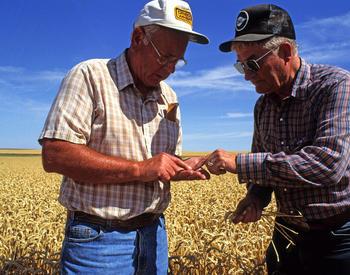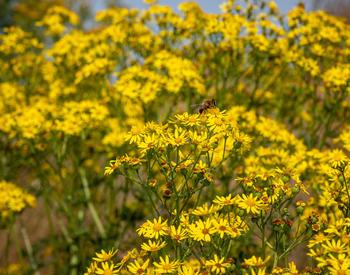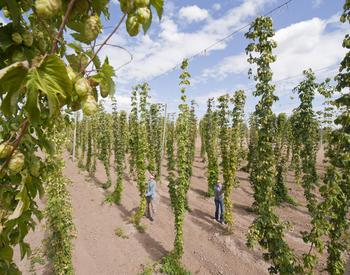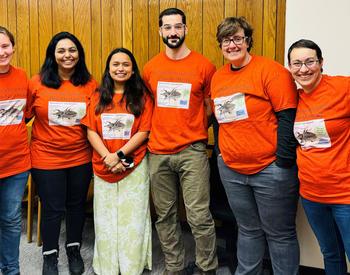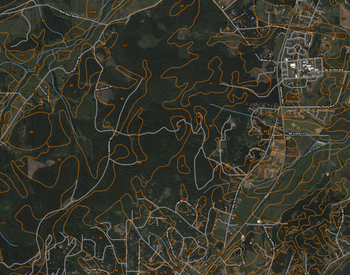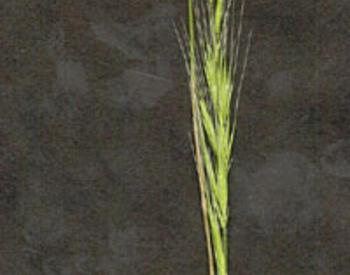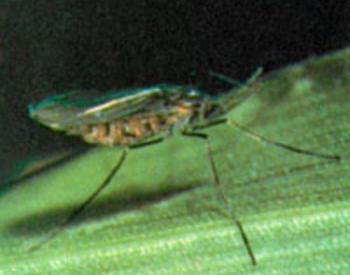Hosts
Mostly winter wheat, but also occurs on winter barley, and other winter cereals and grasses.
Symptoms
Typically two to three long yellow stripes per leaf that lead from the tip of the blade to the sheath. Each yellow stripe is connected to a darkened vein leading to the next lower node. Symptoms become visible around when the wheat resumes growth in spring.
Look-alike Symptoms
Cold, moist soils with slow nitrogen uptake can cause a similar looking yellowness but not well-defined striping. Leaf spot diseases and wheat streak mosaics have also been know to fool farmers who view plants from afar rather than looking for the individual stripes on leaves and darkened veins on leaf sheaths.
Cultural Controls
Using a three-year rotation (winter wheat only once in the rotation) can break the disease cycle. Plant winter wheat after soil temperature is less than 55°F (3 inches deep at 1pm) and reduce preplant nitrogen application. Residue removal (burning, baling or tillage) reduces disease risk in winter-summer fallow rotations.
